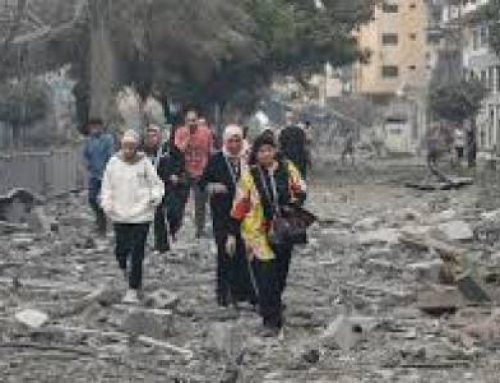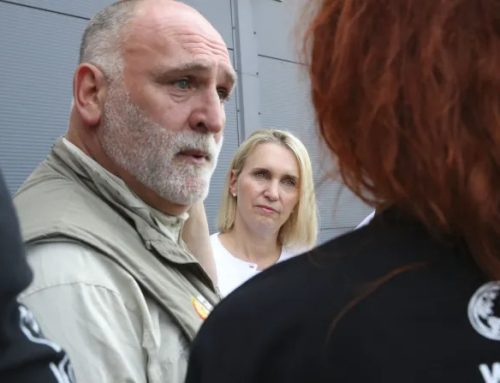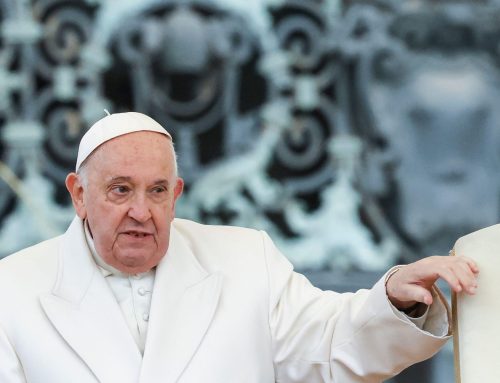The apostolic delegate in Jerusalem wrote this reflection for Christmas, noting that the birth of Christ and the faith of Christians and pilgrims are a source of optimism and peace. This reflection was first published by AsiaNews, an agency of the Pontifical Institute for Foreign Missions. JERUSALEM, DEC. 24, 2004 – The apostolic delegate in Jerusalem wrote this reflection for Christmas, noting that the birth of Christ and the faith of Christians and pilgrims are a source of optimism and peace. This reflection was first published by AsiaNews, an agency of the Pontifical Institute for Foreign Missions.
* * *
Christmas, Peace in the Holy Land, Peace on Earth
by Archbishop Pietro Sambi
As Christmas approaches, Christians ask themselves: Am I an optimist or a pessimist? The answer is found in a prayer in the season’s liturgy: “Lord, we feel unworthy servants of Thee and sadly feel all the evil that makes our life empty. Give us however the joy of the birth of Your Son who came to save us.”
The first part of this prayer speaks to what lies behind our pessimism; the second highlights the reasons for our optimism.
At no other time of the year and in other place but in Bethlehem can one feel so close to God. Born like me, flesh like me, he travels with me in my life.
Loneliness ends as we kneel in faith and love before the Child in Bethlehem. Emmanuel — God with us — and who shall be against us? Our sense of emptiness ends because when we are with God we have everything. Our sense of desperation ends because when we know God is beside us we become uncommonly strong and courageous.
My wish for all Christians in the world and all people of good will is that they may simply and humbly recognize the presence of God, see His face and experience the Christian sense of life.
Although in Israel and Palestine, optimism and pessimism take turns, I believe we need the former, for pessimism makes you throw up your arms and become passive as your creativity wilts. Optimism, by contrast, allows you to escape the prison of the moment for it knows how to plant a seed on the other side of the divide, a seed that will grow into a better tomorrow.
There are signs of optimism in the Holy Land, signs of good will and peace. A new page has been turned that only waits to be written.
I have always said that the key to peace in many parts of the world are found in Jerusalem. Peace in the Holy Land means peace elsewhere. As the Pope said: “Peace is possible. It is not an option, it is a duty.”
There may be signs of peace but they are not yet legion. The wall is still being built and people are still dying. Hence, we need deeds that counter the current situation. But the first signs are there, visible in the small steps taken by Israeli and Palestinian authorities, expressions of a will for peace.
Many world leaders in recent days have said that they will commit themselves to bring peace to the Holy Land. More and more people are conscious that peace here means peace elsewhere.
In conflict that has lasted too long, Christians are both victims and bearers of hope. They may be just 2% of the people who call the Holy Land home, but witness is not measured in quantity but in the quality of the signs given, and Christians are a sign of reconciliation. And this sign will be as strong as the tie that binds Christians around the world to Christians living across the Holy Land.
Reconciliation is also measured by the number of pilgrims who walk the streets of Jerusalem, Bethlehem and Nazareth in the footsteps of Jesus, praying without hatred in their eyes, friendship toward Jews and Palestinians in their heart.
Walking in the land of Jesus, Christian pilgrims personally reconcile with God. In so doing, they are a sign of reconciliation in the Holy Land.





